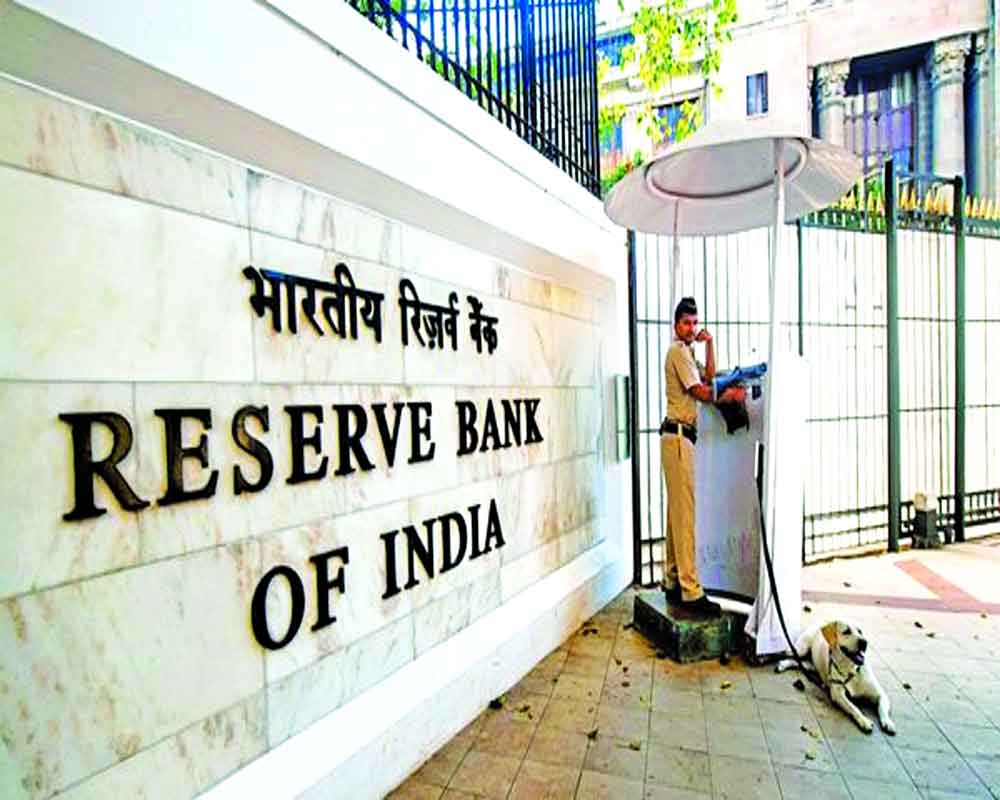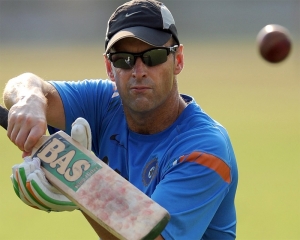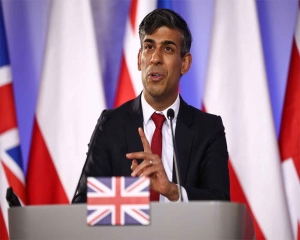Since inflation is driven primarily by supply-side factors, the RBI should avoid too many interest rate hikes
In 2016, the Government had put in place an institutionalised framework, the Monetary Policy Committee (MPC), to formulate monetary policy and determine the key interest rates. It mandated the Reserve Bank of India (RBI) to fix rates, especially the repo rate or RR (interest rate at which the RBI lends to banks), in such a manner as to maintain inflation—as represented by the consumer price index (CPI)—within the target range of 4 per cent (+/- 2 per cent) for a five-year period ending March 31, 2021 (the mandate has now been extended for further five years ending March 31, 2026).
In the case of a failure to maintain the inflation target for three consecutive quarters, the central bank, under section 45ZN of the RBI Act, is required to submit a report to the government explaining the reasons and spelling out the remedial actions it would be taking to check the price rise. For the first time ever, this situation has arisen during 2022 as the CPI has remained above the higher end of the range i.e. six per cent for three consecutive quarters beginning January 2022.
Inflation has a devastating effect on stakeholders across the board -- eroding the purchasing power, especially of the poor and unemployed; millions of depositors, particularly those who are totally dependent on interest income for their livelihood; increasing pressure on industries to grant wage hikes and the government whose budget is destabilized due to sharp increase in expenditure on welfare schemes such as fertilizer, food subsidies etc.
The CPI, which was well within the target of 4 per cent (+/- 2 per cent) until 2021, spurted in the beginning of 2022 and has ruled consistently above six per cent. It is supply-driven, being the result of geopolitical tension and disruption in global supply chains (caused primarily by the Ukraine War), and resultant steep increase in prices of commodities, most importantly food, fuel and fertilizers.
Broadly speaking, the RBI has three policy instruments in its armory to deal with inflation. First, it can increase RR. A hike in RR implies that the banks will have to pay a higher interest rate on the money they borrow from the RBI. This will force them to charge more from their customers if only to recover the higher cost of their funds. Faced with higher borrowing cost, individuals, businesses/firms, etc., will borrow less from the banks, leading to contraction in demand.
Second, it can increase the cash reserve ratio (CRR). CRR is the percentage of a bank’s total deposits that it needs to maintain with the RBI as liquid cash; the bank does not earn interest on this liquid cash, nor can it use this for investing and lending purposes. An increase in CRR produces a similar effect as a hike in RR by reducing the quantum of funds available for onward lending.
Third, it can raise the reverse repo rate (RRR). RRR is the interest rate banks get on their surplus funds parked with RBI. A hike in this rate will make it more attractive for the former to park their surplus funds with the latter, thereby dissuading them from pumping more money in the economy, which in turn moderates demand.
The RBI has deployed all three instruments. Since May, the RBI has delivered a cumulative increase of 1.9 per cent in RR in four rounds (0.4 per cent in May 2022 and 0.5 per cent each in June, August and October). Today, RR is 5.9 per cent up from four per cent prior to May 2022. Besides, in May 2022, the RBI raised CRR from four per cent to 4.5 per cent and RRR from subsisting 3.35 per cent to 3.75 per cent.
The RBI has also made a shift from an ‘accommodative’ policy stance adopted since June 2019 to one what RBI Governor Shaktikant Das described as ‘withdrawing accommodation’ in the policy review announced in June 2022. While, an ‘accommodative’ stance points towards a cut in RR and increase in credit availability, withdrawal from this stance connotes more hikes in RR and less cash with the banks.
All these measures are aimed at making access to institutional finance ‘difficult’ and ‘costly’. But, how does it help in combating inflation which is essentially supply driven? Look at the cost of fuel. India imports 85 per cent of its crude requirement and close to 55 per cent of natural gas (NG), both being the basic ingredients for making a whole range of products viz. petrol, diesel, LPG, CNG, PNG, ATF, etc. A major disruption in supplies from the war region has led to their skyrocketing international prices impacting our import cost. The current NG price at over $50 per million Btu and crude oil hovering around $100 per barrel is five times the respective level prevailing in April 2020.
Another major source of inflation is food. The spurt in its price too has a lot to do with disruption in supplies caused primarily by seasonal factors (for instance, the impact on wheat crop during Rabi 2021-22 triggered by unusually high temperature). This is getting exacerbated by high diesel cost (also triggered by supply side factors) leading to higher cost of transportation. In such a scenario, measures on the demand side are of little help.
The central bank often talks of anchoring ‘inflationary expectation’ which it seeks to rein in by adopting a tight monetary policy. The underlying premise here is when prices rise, people think that more of it will come in future; so they tend to buy more than their current consumption/use for stocking. This inflates the demand thereby accentuating the price rise.
The assumption is far-fetched. Is it possible for a truck owner to stock diesel? Can a car owner buy petrol more than what the fuel tank can accommodate? The answer is a categorical ‘no’. The situation in food is no different. No household can buy food in quantity more than its current requirement. Even if consumers were to go for stocking (theoretical), they would be doing so with their own surplus money; it would be too much to expect them to do it with funds borrowed from banks. So, the fact of credit availability being tight will have little relevance.
To conclude, in the present extraordinary times wherein inflation is driven primarily by supply-side factors, the RBI should avoid banking too much on monetary policy instruments. Yet, if it pursues this course, it could pose a serious risk to growth due to rise in lending rate, increase in EMIs of millions of borrowers and higher cost loans to industries especially MSMEs.
In the October 2022 meeting of the MPC, two members were against continuing with an aggressive policy stance. The RBI should go with their view, refrain from further increase in interest rates and ensure adequate liquidity in the system. At the same time, there should be greater focus on supply side management.
Already, the Modi Government has taken such measures as diversifying sources of supply (for instance, more oil from Russia), reduction in import duty on vegetable oils, and cut in central excise duty (CED) on petrol and diesel. More such measures are needed.
(The author is a policy analyst)


























